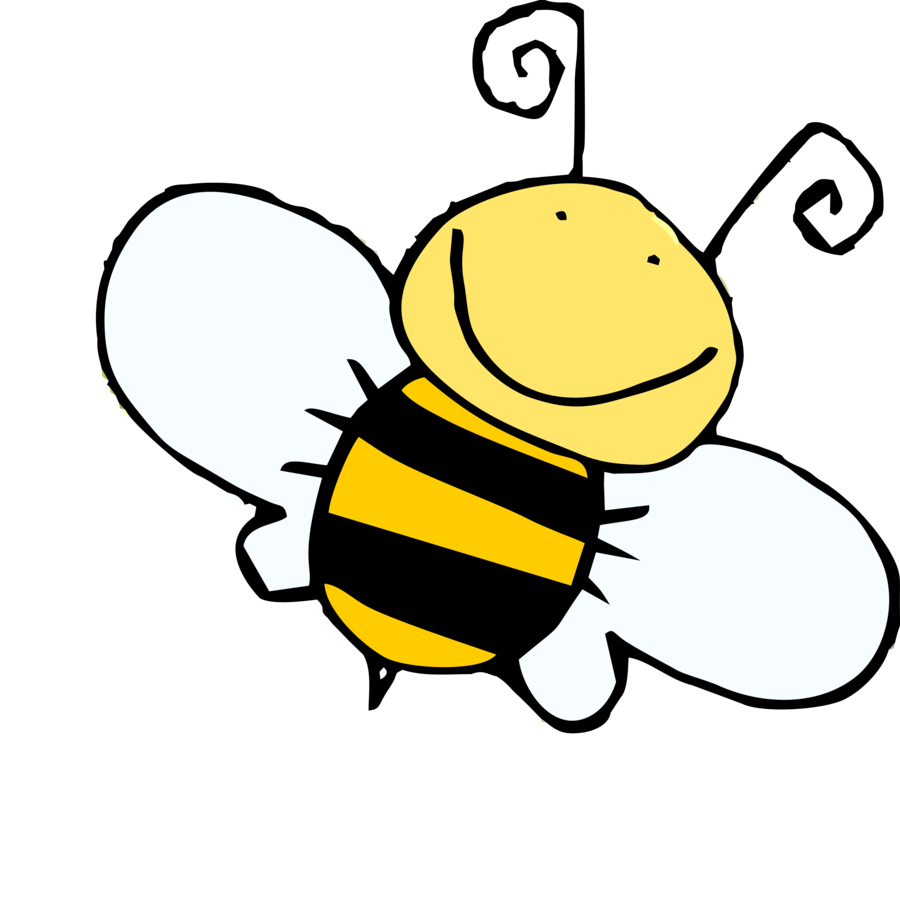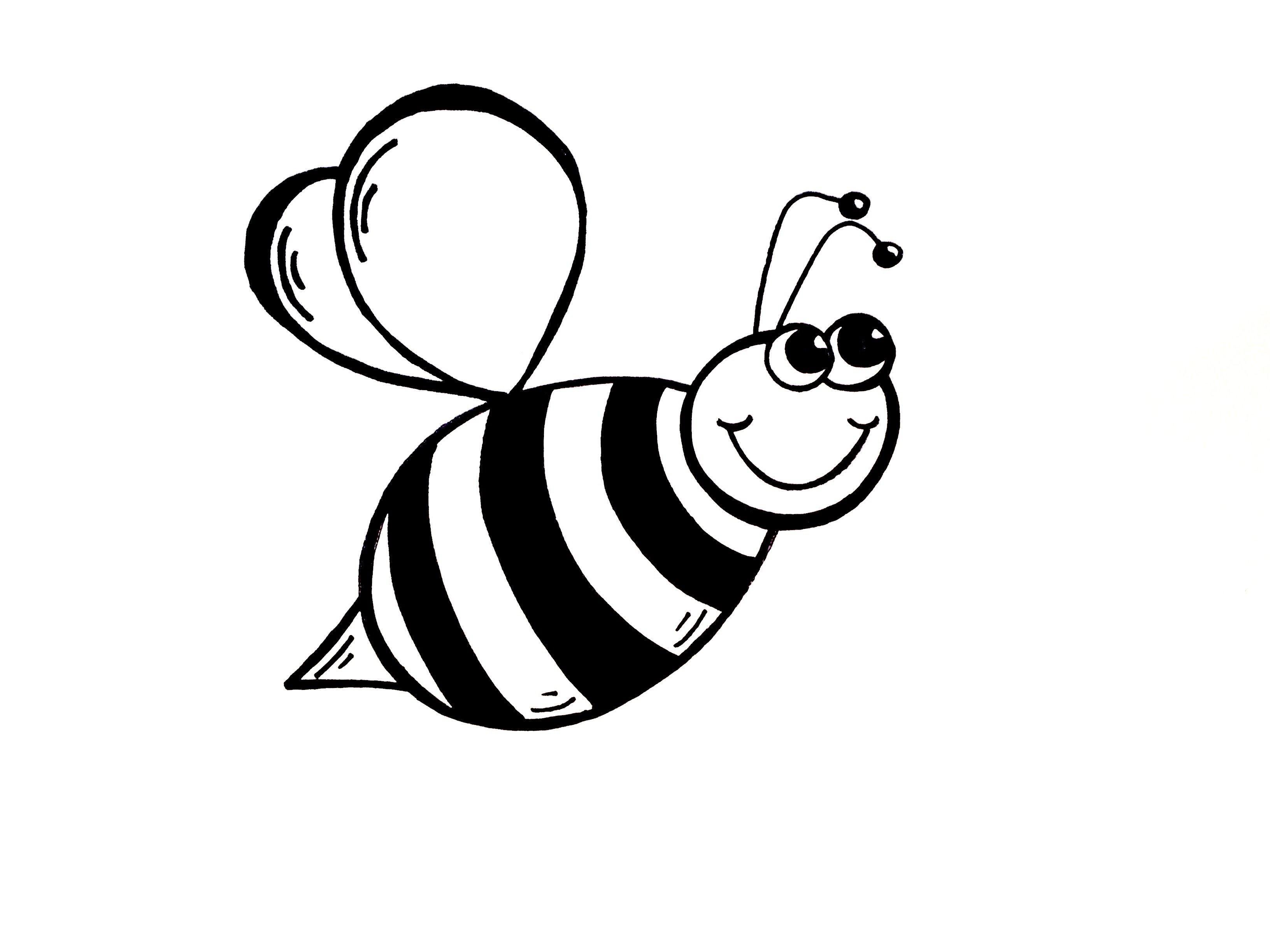

Mint types are also said to provide a cool, soothing effect.Įither way, toothpaste is an inexpensive and easy home remedy to try. Similar to baking soda, it’s believed that toothpaste will draw out venom. If this is true, however, toothpaste won’t work on wasp venom, which is alkaline. However, people claim that the alkaline toothpaste (high pH) neutralizes the acidic honey bee venom (low pH). There’s no real scientific evidence that toothpaste can help bee stings. Mix 1 teaspoon water with enough baking soda to make a thick paste.Īnother suggestion is to cover the paste with a bandage to help it take effect and leave it on 15 minutes before washing it away.The Centers for Disease Control and Prevention (CDC) gives the following recipe for baking soda paste to calm mosquito bites. It’s believed baking soda can neutralize bee venom, reducing itching and swelling. Everything You Should Know About Manuka HoneyĪ paste made of baking soda and water can help with a variety of insect bites and stings.How, When, and Why Honey Is Used for Wound Care.Cover with a loose bandage and leave on for up to an hour. To treat bee stings with MGH or household honey, apply a small amount to the affected area.

Honey is also believed to release oxygen into wounds to aid healing and help flush out dead tissue. It’s less clear whether other traditional honeys have such effects.

This means that MGH can help repel bacteria and fungi. Honey may help with wound healing and infection prevention.Ī 2021 research review reported that medical-grade honey (MGH), including Manuka honey, has proven to lower inflammation and have strong antimicrobial properties. Should this happen, stop and clean the sting with soap and water, and don’t try that approach again. It’s important to remember that none of these home remedies should cause more pain or make the sting worse. Yet they’ve been passed down for generations and continue to be popular. Several of the most common at-home treatments for bee sting symptoms aren’t supported by scientific research. Antihistamines help our immune system calm down from an allergic response.Īnything more than a mild allergic reaction should be evaluated by a doctor right away.īee stings are often treated with a combination of both traditional first aid and home remedies. Taking an oral antihistamine such as Benadryl or Zyrtec may bring relief from itching and swelling in particular. You can also treat itching and redness with hydrocortisone cream or calamine lotion. Taking nonsteroidal anti-inflammatory drugs (NSAIDs), such as Motrin or Advil, may help lower your body’s inflammation, and relieve pain. It’s important that you don’t put ice directly on the skin, as it can burn you. IceĬold compresses reduce pain and swelling by limiting blood flow to the area. Pulling or pinching it out isn’t ideal, but may be necessary.Īfter these steps, the following reliable approaches can help treat the sting and minimize your discomfort.

It’s usually advised that you brush or scrape the stinger out using a piece of gauze, your fingernail, or even a credit card. A bee’s stinger will continue to release venom while stuck in your skin. Avoid scratching, as this can lead to infection.Ī 2020 overview of research into honey bee stinger removal concludes that the most important thing is to remove the stinger as soon as possible.Here are the most important steps in first aid for a honey bee sting:


 0 kommentar(er)
0 kommentar(er)
